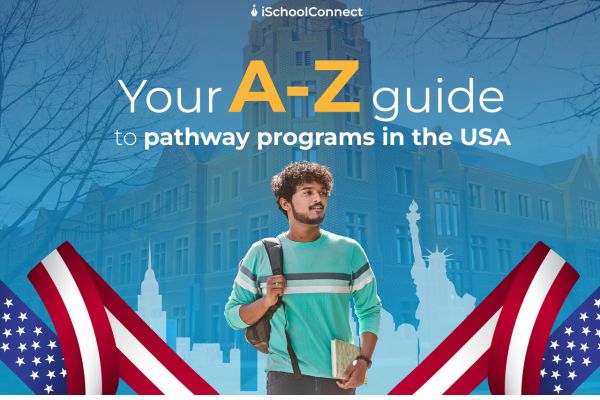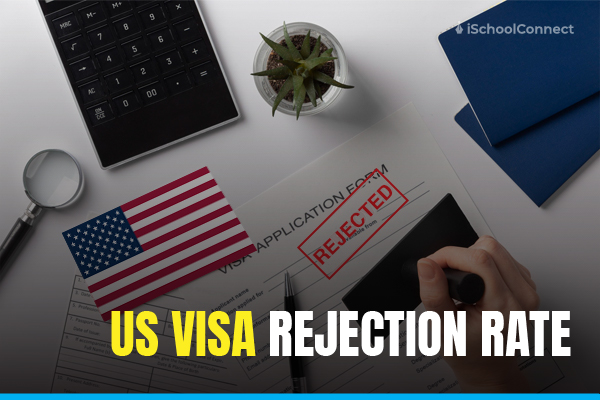Table of Contents
Bridging the gap | US pathway programs for international students
People often view higher education as a pathway to personal and professional success in today’s globalized world. For many international students, studying in the United States is a dream come true. Still, the complex admissions process and the need to meet stringent academic and language proficiency requirements can be daunting. This is where US pathway programs come into play, offering a comprehensive solution for international students looking to bridge the gap between their current qualifications and the rigorous standards of American universities. This blog will explore US pathway programs, how they work, and why they are a popular choice for international students.
What are the US pathway programs?
Also known as bridge programs or conditional admission programs, US pathway programs are special courses that prepare international students for academic success in American universities. These programs offer a structured curriculum that helps students improve their English language proficiency, acquire essential academic skills, and adapt to the US education system. In essence, US pathway programs bridge a student’s current academic level and the requirements of their desired American university.
How do US pathway programs work?
- English language proficiency- One of the key components of US pathway programs is intensive English language instruction. International students must demonstrate a certain level of English proficiency, often through standardized tests such as TOEFL or IELTS. If a student’s language proficiency falls below the university’s admission requirements, they can enroll in a pathway program to enhance their language skills.
- Academic preparation- US pathway programs provide academic training to equip students with the necessary skills for success in American classrooms. This includes coursework in subjects such as mathematics, science, and critical thinking, which are essential for university-level studies.
- Conditional admission- Upon successful completion of a pathway program, students often get conditional admission to their chosen American university. This implies that the programs guarantee international students a spot in the university’s undergraduate or graduate program as long as they meet the specific academic and language requirements set by the program.
- Credit transfer- Some pathway programs also allow students to earn college credits that can be applied to their degree program. This not only accelerates their academic progress but also reduces the overall cost of education.
- Cultural integration- The US pathway programs’ cultural orientation and support services help international students adapt to life in the country. This includes assistance with visa issues, housing, and access to campus resources.
Why choose a US pathway program?

Enrolling in a pathway program offers several advantages-
- Smooth transition- Adapting to a new education system, culture, and language can be challenging for international students. US pathway programs provide a structured and gradual transition, allowing students to build confidence and familiarity before entering a degree program.
- Cost-effective- Many US pathway programs are cost-effective compared to enrolling directly in a university. Earning college credits through a pathway program can save time and money while pursuing a degree.
- Improve your clarity- A pathway program is an excellent approach to assess your knowledge and aptitude for a certain academic degree. It also clears up any confusion you may have between two fields of study. These 1-2 semester courses allow you plenty of time to discover your actual passion.
Types of US pathway programs
There are various types of US pathway programs to cater to different needs and goals-
- English language programs- Focused on improving English language proficiency, these programs are ideal for students who need to meet language requirements for university admission. The intensive language training allows students to actively engage in coursework, discussions, and research projects.
- Undergraduate pathway programs- Designed for students who want to pursue bachelor’s degrees, these programs typically last one or two semesters. They provide academic preparation in addition to language training. Some undergraduate pathway programs allow students to earn college credits. This potentially shortens the duration of their undergraduate studies and reduces overall tuition costs.
- Graduate pathway programs- Geared towards students aspiring to earn a master’s or Ph.D., these programs help students meet graduate admission requirements. They often include research and thesis components. Some graduate pathway programs also allow students to take a reduced course load during their first semester of graduate studies. It makes the academic transition process easier.
- Conditional admission programs- These programs offer guaranteed admission to partner universities upon successful completion. They remove much of the uncertainty associated with the college application process. Once students have successfully met the requirements specified in their conditional admission, the university grants them full admission.
Selecting the right US pathway program
When choosing a US pathway program, there are several factors to consider-
- Look for programs that have partnerships with reputable American universities, as this can impact your chances of getting into your desired institution.
- Review the curriculum to ensure it aligns with your academic goals. Some programs may be more research-oriented, while others may focus on general academic skills.
- Consider the location of the pathway program, as it will be your home while you complete the program. Make sure it offers a comfortable and supportive environment.
- Compare the tuition and fees of different pathway programs and factor in the potential savings from earning college credits.
- Investigate the support services offered, including language tutoring, academic advising, and cultural integration assistance.
- Research the program’s track record for successfully placing students into their desired American universities.
Key takeaways
- US pathway programs serve as a bridge between international students’ current qualifications and the rigorous standards of American universities. They offer a comprehensive solution for those seeking to study in the United States.
- These programs encompass intensive English language instruction and academic preparation in subjects such as math and science. They also offer conditional admission to universities, credit transfer, and integration support.
- Pathway programs provide a structured transition, helping students build confidence and adapt to the US education system. They can also be cost-effective, potentially reducing both the time and money needed to earn a degree.
We hope you found this blog informative! If you have any questions or need further assistance with your study abroad journey, don’t hesitate to reach out to us. Click here to contact our dedicated team of experts.
Liked this blog? Read next: Here are the UK universities that accept january intake!
FAQs
Q1. What is the difference between a course and a pathway program?
Ans- A course is a standalone academic unit focused on a specific subject, while a pathway program is a comprehensive program designed to prepare students for higher education, often involving multiple courses and support services.
Q2. Are scholarships or financial aid available for students in pathway programs?
Ans- Scholarships or financial aid opportunities for pathway program students can vary. Some pathway programs may offer scholarships, and students can also explore additional financial aid options after transitioning to the university.
Q3. Do I need to apply separately to the university after completing a pathway program?
Ans- In most cases, students who successfully complete a pathway program are automatically considered for admission to a partner university. However, specific requirements and processes may vary.






